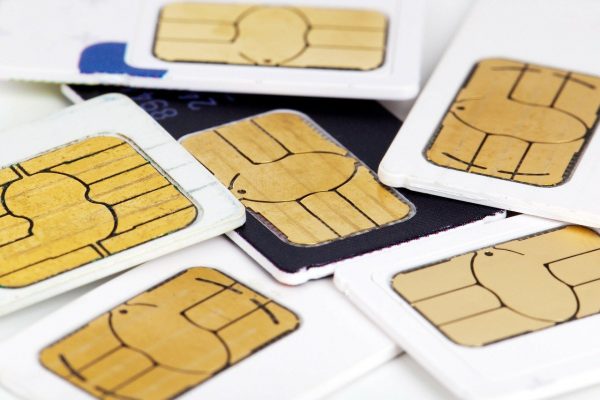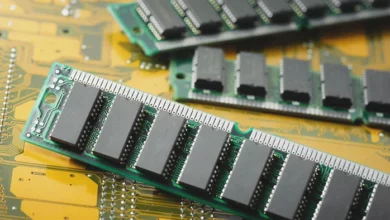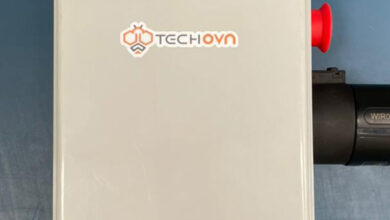Technology
What is SIM Card? A small History about SIM Cards

It was summer in the late 2000’s when my slippery keyboard was no longer working. I had no intention of asking my parents for a new phone, so I took a SIM card from it and went into the garage for work. I pulled out a dusty plastic drum containing a variety of discarded cords, spare batteries, chargers, and empty phones. Below, I found a small shiny phone and set it aside. I pulled out a sim card, hoping that my plan would work. I carefully placed it on the silver flip phone and within minutes, it was all restored – we talked all the contacts, text messages, settings, everything. It was ready for use.
Even as a kid, I knew that the SIM card was important…, after all, the only thing that made my DIY fix possible. But as the flip-phone era came to an end and smartphones took over, things changed … and for the consumer, these changes were not always the best.
I will talk more about this below, but first I would like to cover the history and brightness of the SIM card. I will also consider the question: with ten new years left, what is the future of the SIM card?
What is a SIM Card?
For ordinary people, a SIM card (Subscriber Identity Module) is a small, portable memory that stores information about you as a mobile user. In it, there is a seventeen-digit code that reflects the code of the traditional country, the network company (such as AT&T or Verizon), and a unique user ID.
You may be wondering, “Who cares about this code?” Valid question and guess what: phone carriers do. It is the way they incur cell phone bills and charge us.
Above all else, SIM cards are extremely useful because they can be easily transferred from one device to another. As in my opening story, all you have to do is pull it out of one phone and plug it into a new one. By making a change, many (if not all) of your contacts and personal settings will also be transferred, making life easier.
SIM Card History
SIM cards have been introduced since 1991. The first SIM card was the size of a credit card. Since then, there have been a few updates and repetitions, which makes them smaller and smaller.
This change is closely related to the history of the GSM (Global System of Mobile Communications) mobile network. Developed to define 2G mobile (2G) mobile network protocols, GSM today stands as a global standard for mobile communications.
SIM cards are an integral part of GSM networks, retaining the user information required for authentication. Finally, this allows both your phone to connect to the GSM network and GSM networks to track your phone usage (in particular, your minutes, documents, data usage, etc.), providing carriers with information to send you an accurate phone bill.
GSM is a standard network in Europe, Asia, Africa, and many other places. Interestingly, in addition to GSM, the United States has an additional network called CDMA (Code Division Multiple Access) used by carriers such as Verizon and Sprint. Phones in the GSM or CDMA network can use any network company network, reducing costs for carriers and users.
When it comes to connecting your phone to any network, the SIM cards are the brains of your phone.
How to check SIM card numbers on your phone?
It is very common when you forget your old sim card number of any mobile network like Jazz, Ufone, or Zong and don’t know about it. So now, you can find your forgotten mobile SIM numbers easily by how to check zong number or what is the zong number check code?





